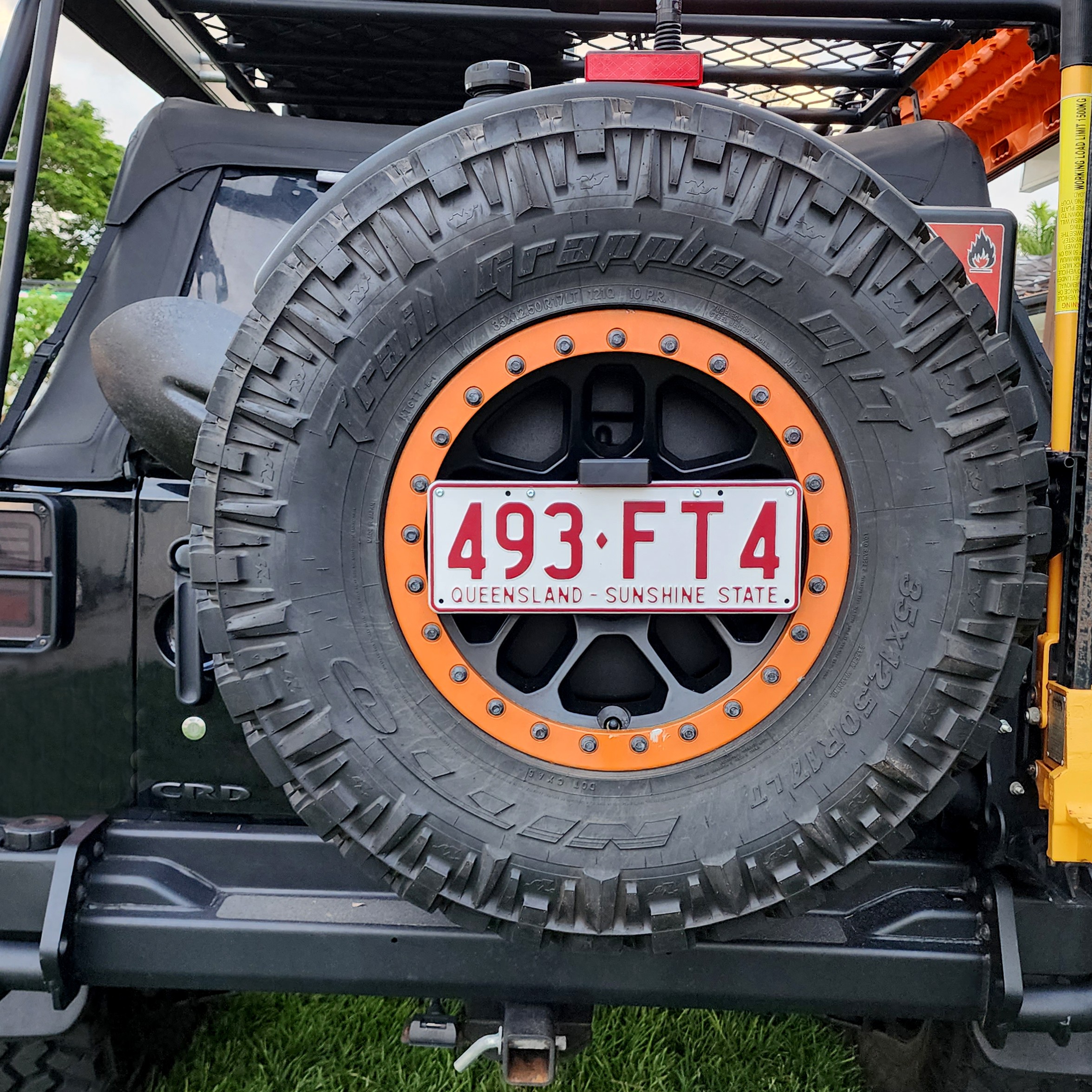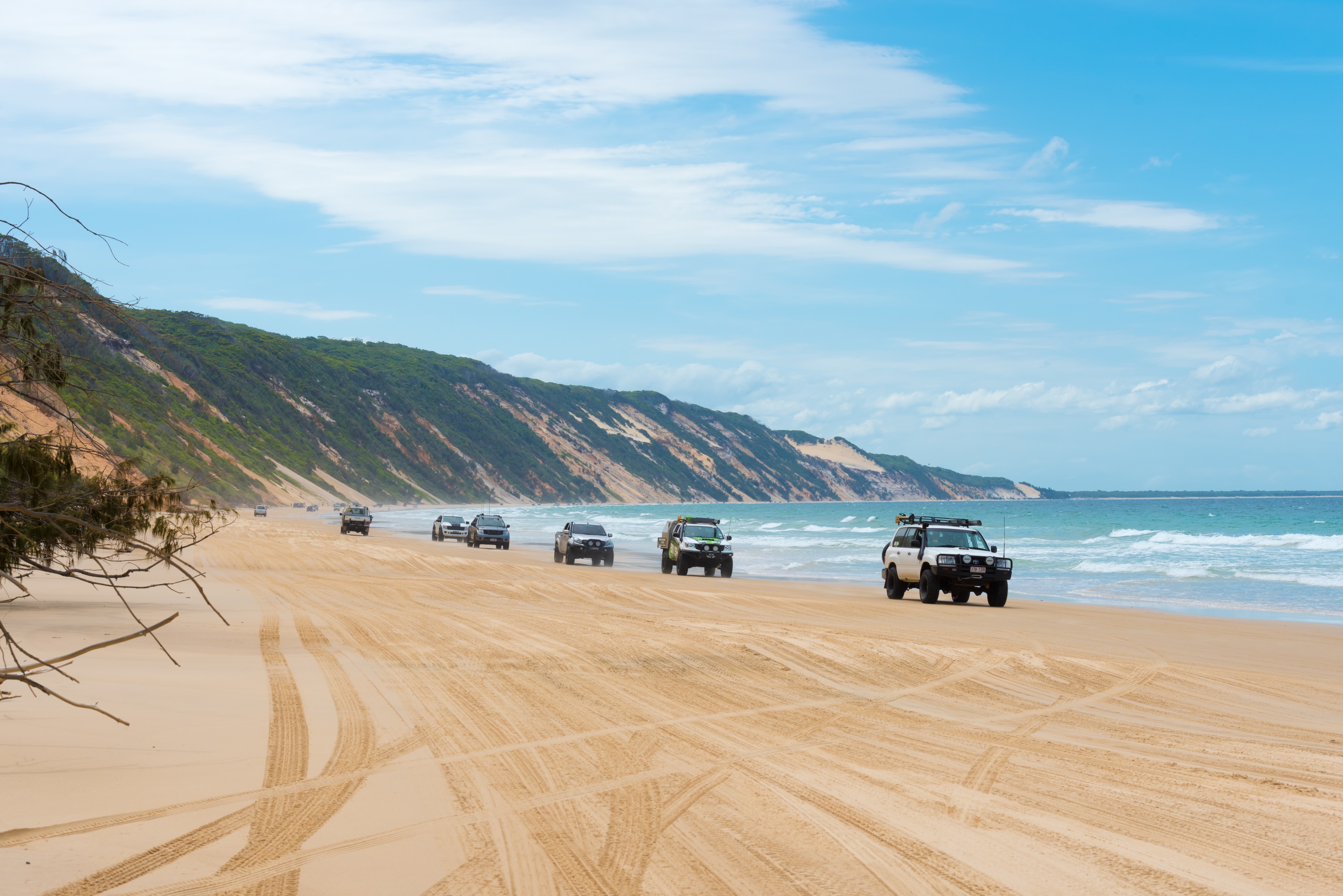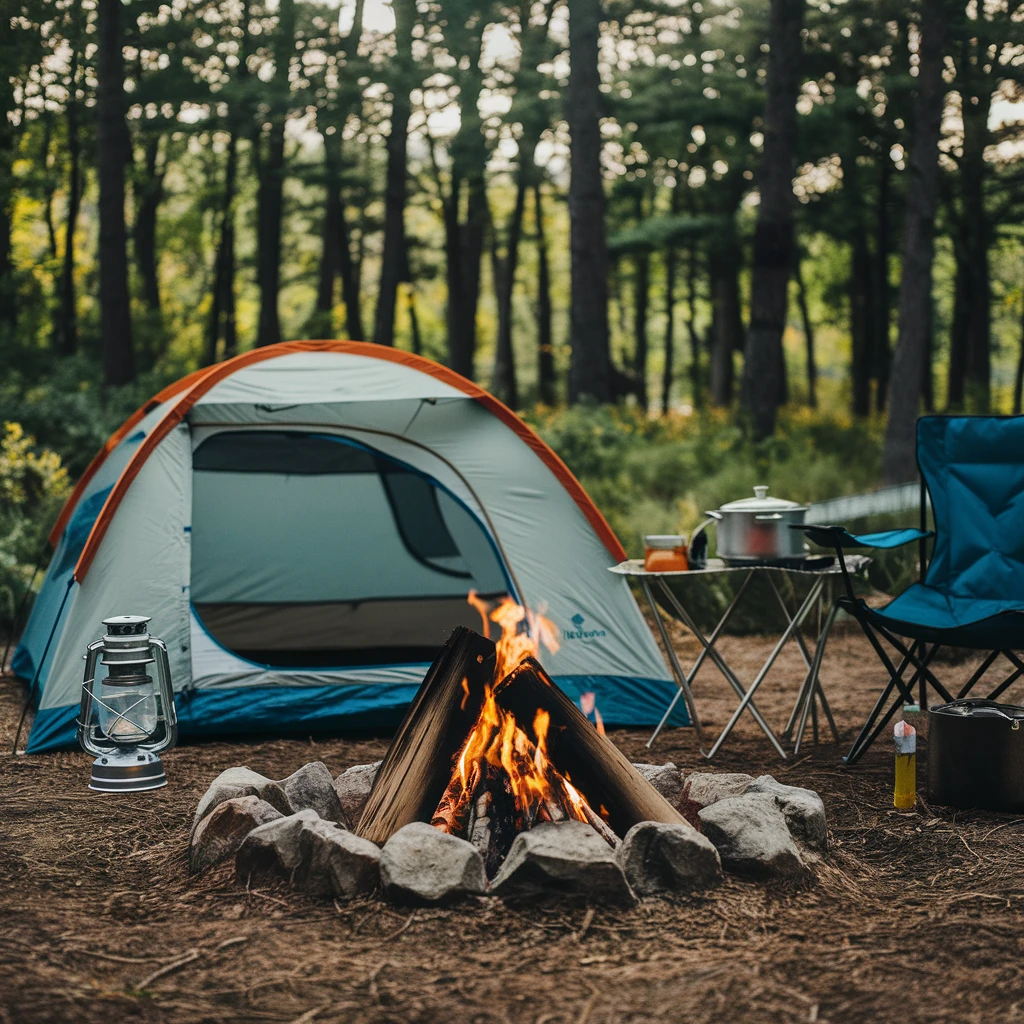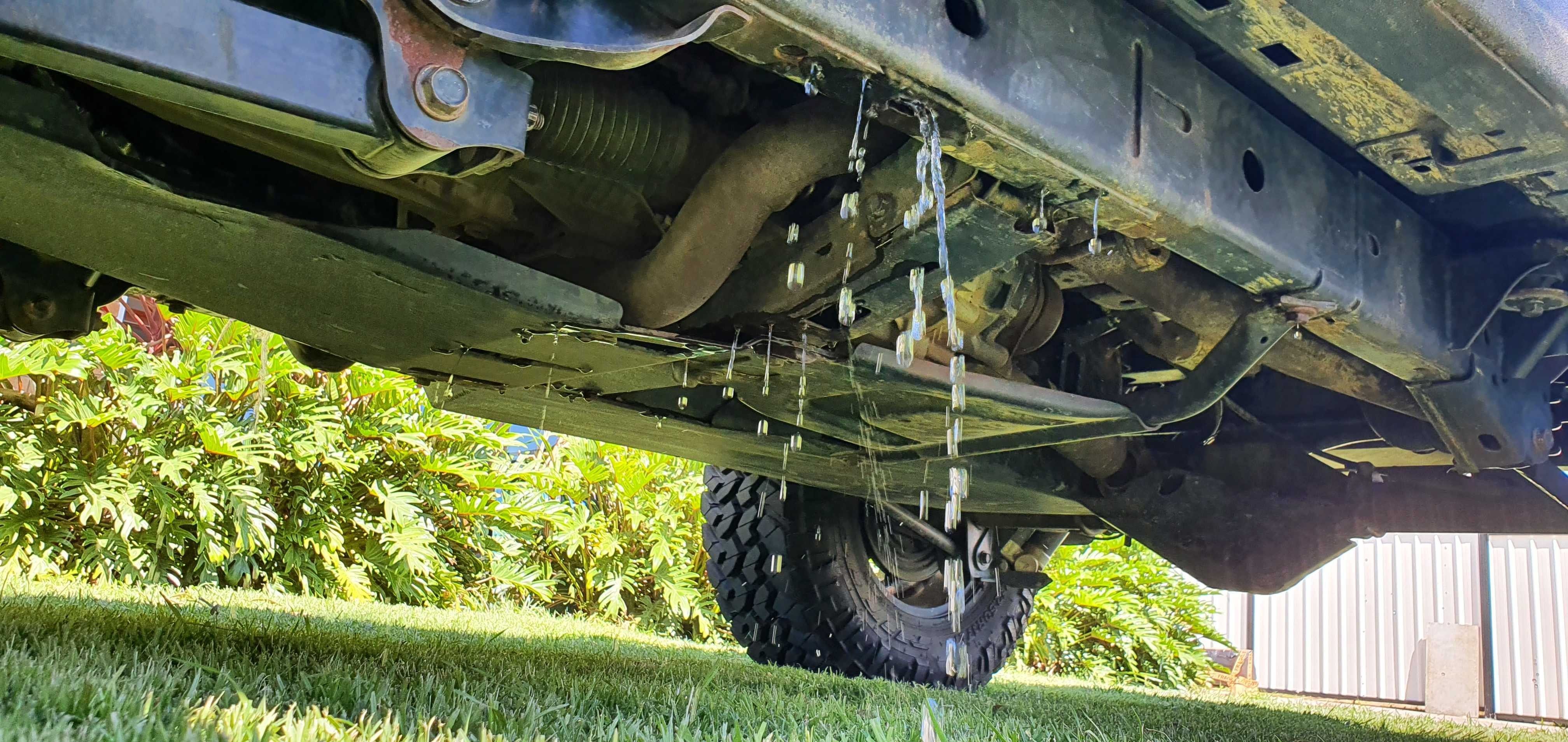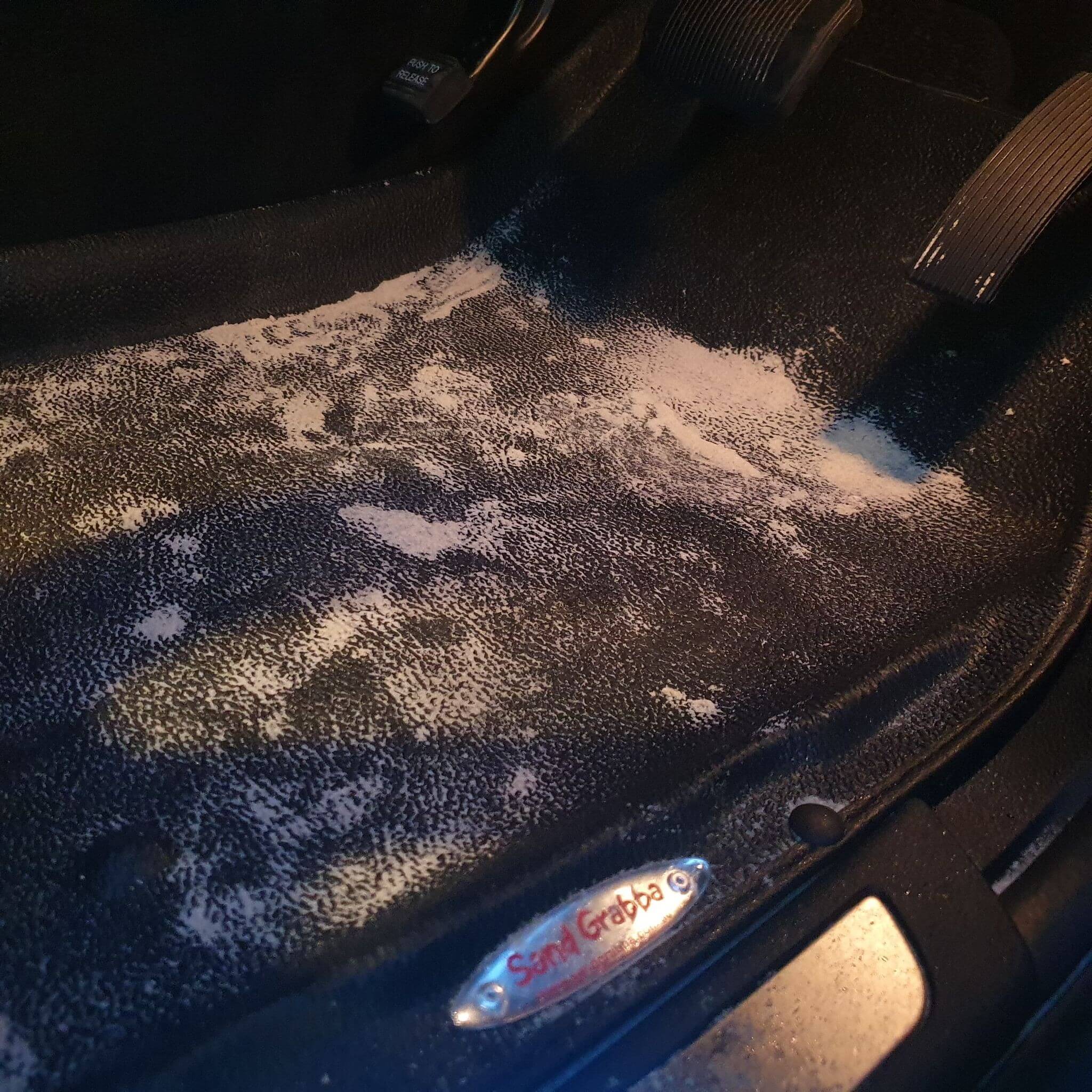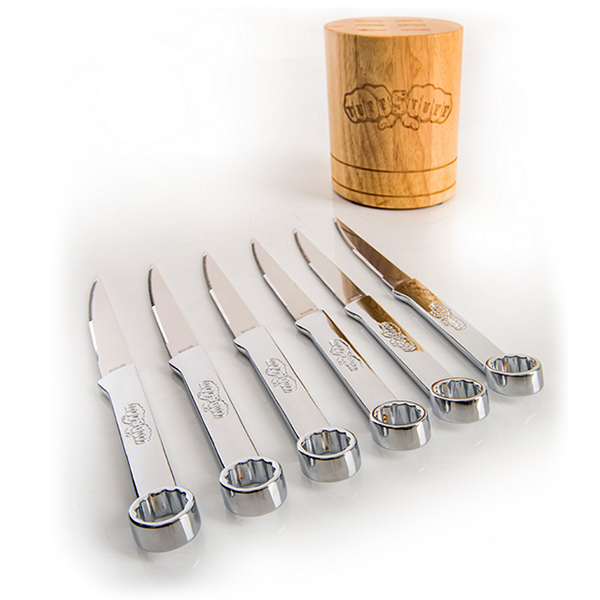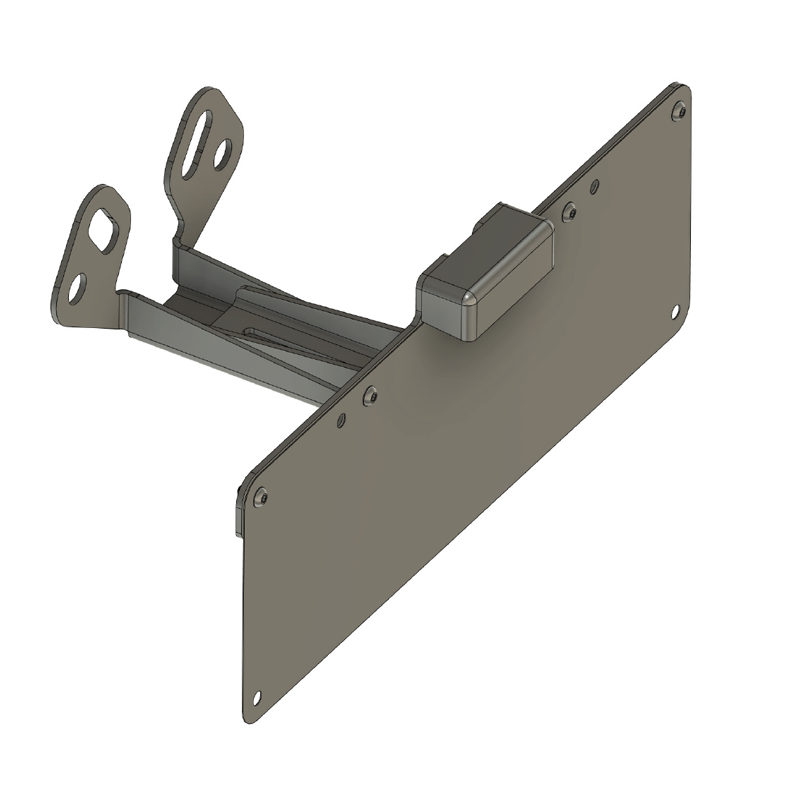Travelling To Remote Areas - What You Need To Know
If you’ve been keeping up to date with our articles you should have your 4wd pretty well sorted out for taking on any terrain Australia can throw at you, from swamps to the big red bit in the middle. It’s rough, it’s tough and it’s ready to go anywhere. But how long is it going to stay that way when it’s been bashed around a bit? That’s up to you. Know what you’re doing out in the bush and you can avoid a lot of problems and head most of the others off before they get too bad. Here’s how to do it.
You checked your vehicle before you set out, and everything was in top shape. It might not stay that way, so get into the habit of checking again whenever you get the chance. Every time you stop, get out and take a walk round. Listen for any hissing noises that could mean a leaking tyre or radiator problems, and check the ground for drips. Look for trails of droplets on the ground behind you, and after a couple of minutes check underneath to see if any drips are visible. Air conditioning can shed some water when it’s working hard, but anything coming from the engine or transmission needs checked out quickly. At longer stops, like meals, lift the bonnet and make sure everything’s still good. When you’re done travelling for the day go over the whole vehicle and fix anything you find. Another check for drips and tyre pressures in the morning and you’ll be good to go.
Half the fun of off-roading in Australia is the variety of terrain you find. Well there’s more variety than you think. Take sand – it could be packed firm, or soft and just waiting to trap you. There are two ways to find out. One is to stop, walk ahead and see what it feels like. The other is to drive into it and hope for the best. Guess which one we recommend. If you’re driving on sand get your tyre pressures down to about 15psi so you have the grip to keep going – otherwise you’re going to really struggle. For very loose sand don’t forget it will be a bit firmer in the morning when it’s cool; as it heats up it becomes softer, so get across it as early in the day as you can.
A good campsite always ends the day well, but if it’s a good campsite you’re probably not the first who’s stopped there. That means the chances are somebody’s already burned all that firewood you were relying on. Start thinking about that before the end of the day’s travel, and whenever you pass anywhere that looks promising stop and collect what you can. Turn up at the site with a pile of wood in your roof cage and you’re sorted – you might even be able to swap some for a few beers if anyone else turns up and wasn’t as switched on as you.
Stay alert for water as well. It’s vital, but often in short supply. Remember that water that’s not clean enough to drink might still be fine for washing, so keep a separate jerrycan for that (or get one of our Life Systems filter jerrycans and clean it right up).
A bit of attention to detail like this makes all the difference when you’re off in the Outback, and it only adds up to a few minutes every day. Compare that with hours spent fixing a problem you overlooked, or a few days stuck beside a desert track waiting for someone else to come along and watching the water supply shrink, and it’s time well spent.

